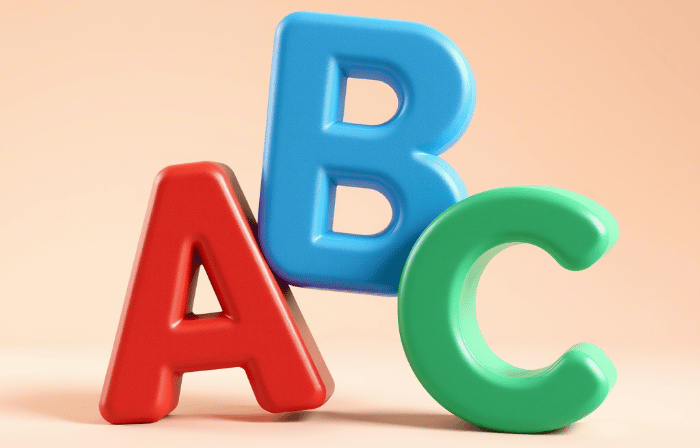The Ultimate Guide to Teaching Kids the Alphabet: Fun and Effective Strategies
Discover creative and engaging methods for teaching kids the alphabet with our comprehensive guide. Explore fun activities and resources designed to boost early literacy skills in children ages 3 to 5.
Smart Seedlings
3/17/20253 min read


Introduction
Teaching kids the alphabet is one of the most crucial steps in their early education. It lays the foundation for reading, writing, and a lifelong love for learning. In this comprehensive guide, we will explore a variety of fun and effective strategies to introduce the alphabet to young learners. Whether you’re a parent, teacher, or caregiver, these tips will help make learning the ABCs an enjoyable adventure for kids.
Interactive Songs and Rhymes
Music and rhythm are powerful tools in education. Alphabet songs and rhymes are a staple because they use melody and repetition to reinforce learning. Here are some tips for integrating music into your alphabet lessons:
Classic ABC Songs: Start with well-known tunes like "The Alphabet Song". They're catchy and easy for kids to remember.
Create Your Own Songs: Use simple melodies and create your own rhymes focusing on tricky letters or sounds.
Movement and Music: Encourage kids to clap or dance along with the songs. This physical engagement reinforces learning and retention.
Alphabet Games
Games make learning feel like play, which is perfect for young children. Here are a few game ideas:
Alphabet Scavenger Hunt: Hide alphabet cards around the house or classroom and have children find them in sequence.
Letter Matching Games: Use flashcards with both uppercase and lowercase letters and have children match them.
Alphabet Bingo: Create bingo cards with letters instead of numbers. As you call out the letters, children can mark them on their cards.
Storytime Adventures
Integrating storytelling with alphabet learning can offer significant benefits. Here’s how to make storytime educational:
Choose Alphabet Books: Incorporate books that focus on each letter. Classics like "Chicka Chicka Boom Boom" are always a hit.
Interactive Reading: Encourage children to point out and say letters they recognize while reading.
Storytelling with Props: Use puppets or visuals that highlight specific letters during storytime, enhancing engagement and memory.
Technology Tools
In today’s digital age, technology offers dynamic ways to teach the alphabet. Here's how you can leverage tech tools:
Educational Apps: Apps like "Endless Alphabet" provide interactive and entertaining ways for children to learn their letters.
E-books: Digital books often include interactive features and can be a great tool for learning the alphabet. Check out our very own "From Ant To Zebra: An Alphabet Animal Adventure" e-book by clicking here. It introduces an amazing animal for each letter of the alphabet. And it's packed with fun facts, coloring and activities!
Online Videos: Utilize educational platforms like YouTube to find alphabet songs and videos that engage and teach. Again, we've got you covered here! With our very own catchy ABC song on our YouTube channel! For your little one to learn the alphabet quickly! Enjoy the video below:
Creative Crafts and Activities
Hands-on activities make the learning process tangible and memorable. Try these creative craft ideas:
Alphabet Art: Use various art materials to create letters, allowing children to get hands-on with crafting their own letter art.
Letter of the Week: Focus on one letter each week and engage in activities that highlight that letter (e.g., "A is for apple" involving apple-themed crafts).
DIY Flashcards: Encourage kids to help make their own alphabet flashcards with pictures cut from magazines or drawings.
Conclusion
Teaching the alphabet doesn't have to be a daunting task. With a mix of music, games, stories, technology, and creative play, you can make learning the ABCs a rewarding and joyful experience. These strategies not only teach children the letters of the alphabet but also inspire a love for learning that will benefit them throughout their lives. Start incorporating these fun approaches today, and watch as your little learners blossom into confident readers and writers.
By following the strategies outlined in this ultimate guide, you’re well on your way to helping your child master the alphabet in a meaningful and engaging way. Happy teaching!

